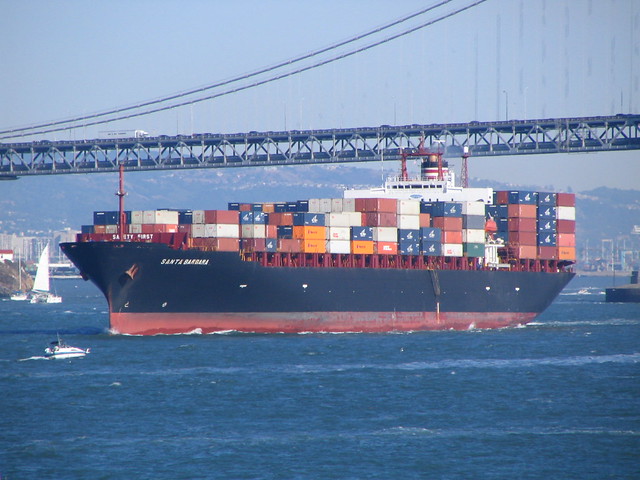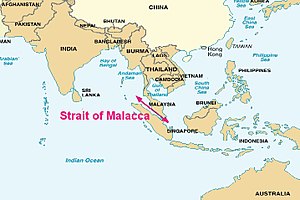Before I start though, and this is linked to globalisation, this is quite an interesting article regarding the future for Asia and is probably worth a read as part of your revision - Will This Be The Asian Century?
GLOBALISATION = increasing interconnectedness of the world's economics, culture and politics
Economic globalisation = existence of TNCs/MNCs and the role they play in the global economy and development; also the existence of the WTO, tariffs and quotas etc
Political globalisation = existence of trade blocs and groupings of nations
Cultural globalisation = westernisation of other cultures and global marketing strategies
Measuring globalisation:-
We have four methods of measuring globalisation - I don't think we really covered this in much detail in clase but there is a very detailed geofile in the module booklet on it....
1. Globalisation Index
---> 72 countries ranked account for 97% of the world's GDP and 88% of the worlds population
Takes into account:
- FDI, trade, tourism data
- International phone calls
- Number if internet users and hosts
- Political engagementin international organisations
2. KOF Index of Globalisation
Takes into account:
- Actual economic flows and restrictions on trade and capital
- Number of organisations and UN peace keeping missions engaged with
- Personal contacts, information flows and cultural proximity
3. Global Internet Use
---> took 4 years for 50 million internet users to be reached
---> digital divide between countries and between urban and rural areas
---> 75% of all internet users are from MDCs, accounting for only 14% of the global population
4. Geographical Variations In Landlines
---> population size /density/wealth, TNC presence, migration, language, colonial history all influence spatial variation in landline usage
.....interestingly, as with development indicators, all these measures of globalisation yield different results!!!
Factors that have permitted Globalisation to occur.....
1. Development of Internet and Teleconnections:- ensured the spread of capital and quick communication around the globe, practically instaneously
2. Increased Mobility and Containerisation:- goods can easily and cheaply move around, just like people, resulting in transfer of cultures and knowledge also
3. Political Stability and Improved Foreign Relations:- trade agreements and formation of groupings
Patterns of Production, Distribution and Consumption
Production = shift from MDCs to LDCs, provoking de-industralisation in MDCs and industralisation in LDCs
e.g British Steel employed 150,000 which fell to only 35,000 in 2000
TNCs move abroad primarily due to cheap labour costs, and due to colonalism, ability to speak English in large work forces. Also they offer raw materials with minimal environmental legislation. However some re-industralisation of MDCs has occured as they require expertised and being within a group means they avoid tariffs. Although due to globalisation, contemporary production is a truly global affair!

Distribution = all about containerisation!!! This reduced transport costs so much it is possible to have truly global products
e.g Wimbledon tennis ball is now produced in the Philippines to reduce transport costs
Containerisation is the development of standardised containers which occured in the 1960s, with ships limited by the Malcca Max, and was intrinsic to globalisation.
- 90% non-bulk cargo moved by containers, with 26% from China
Consumption = higher in MDCs as have disposable incomes but fastest rates of growth are in NICs
Richest fifth consume:-
- 45% of all meat and fish
- 58% of total energy
- 74% of all telephone lines
- 84% of all paper
- 87% of vehicle fleet

No comments:
Post a Comment